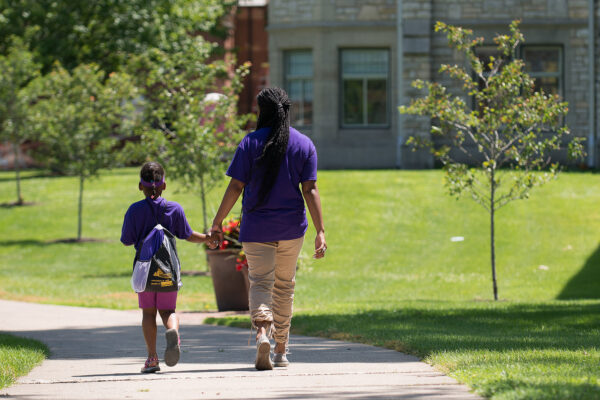By Daniel T. Madzelan
It was a long-running federal public policy question that could have ended badly for many colleges and universities. Were they going to owe tens of millions of dollars to the Treasury as the Department of Education (ED) wound down the now-defunct Perkins Loan program?
Happily, the answer is no. But the path to getting to the good outcome announced earlier this month by Secretary of Education Betsy DeVos wasn’t preordained or simple. ACE and the National Association of Student Financial Aid Administrators (NASFAA) spent the better part of a year working together with the department to achieve the desired result.
The situation is highly technical in nature, so a little bit of background is in order.
Congress created the program in 1958 as a campus-based “revolving” loan fund. That is, Congress would annually appropriate seed capital for individual campus loan funds. Institutions were required to contribute their own money via a modest matching requirement.
Institutions lent money from their loan funds to their students. Upon graduation, these students would repay their loans—principal plus interest—to their schools, or, more precisely, to their schools’ loan funds. Campus loan funds expanded with the additions of “new” capital (annual appropriations and institutional matches) as well as steady infusions of “old” capital (loan repayments). Subsequent cohorts of students borrowed from their colleges’ loan funds and the cycle repeated. Over time, the “revolving funds” that campuses could use to make loans increased.
Congress also authorized debt cancellation for certain borrowers, chiefly members of the Armed Forces and teachers, but also for others engaged in important community service activities, including first responders. Congress separately appropriated funds for these cancellations, adding the money to campus loan funds every year in order to keep them whole. These reimbursements covered both the federal and institutional shares of the cancelled debt.
However, Congress stopped funding loan cancellations in 2010. As a result, institutions have not been reimbursed for their share of loan cancellations for nearly 10 years, even though some of their former students continue to have their obligations cancelled.
Under the law when the Perkins program ended, colleges were required to return the government’s share of their loan funds to ED but retained the portion of the loan funds that they had contributed.
But the statute made no provision for the government’s failure to reimburse institutions for their share of cancelled loans. It seemed the government would foist an unfunded mandate on schools by forcing them to accept financial responsibility for federally-cancelled loans. That’s where we were.
The department’s Sept. 10 announcement provided a resolution. Although a number of technical details remain unknown at this point, it appears that ED will implement a liquidation process that allows an institution to retain a portion of the funds—representing its unreimbursed share of cancellations—that it would otherwise be returning to the federal government. We estimate the total amount is approaching $100 million.
We need to acknowledge the department’s willingness to work with the higher education community, and in particular NASFAA, to find a mutually-agreeable solution. ED recognized the scope and seriousness of the issue, and, as a first step, delayed the start of its liquidation process for more than a year. The path forward that ED has laid out shows we can work together to find solutions to seemingly intractable problems.
Instead of being forced, wrongly, to send millions of dollars to the federal treasury, schools will have more resources to fund student aid and enhance their educational programs.
This would not have happened without Secretary DeVos and Under Secretary Diane Auer Jones spending considerable time and energy to find a solution. Granted, we think they simply did the right thing. But in Washington, DC, these days, there’s often little gain to be made from investing a great deal of time and effort on such technical matters—no matter how important they may be to those outside the government.
The fact is, all schools that participated in the Perkins Loan program will benefit from the department’s action. This may not have garnered huge headlines. But it’s a good outcome for the right reasons. And that’s something to celebrate.
If you have any questions or comments about this blog post, please contact us.


